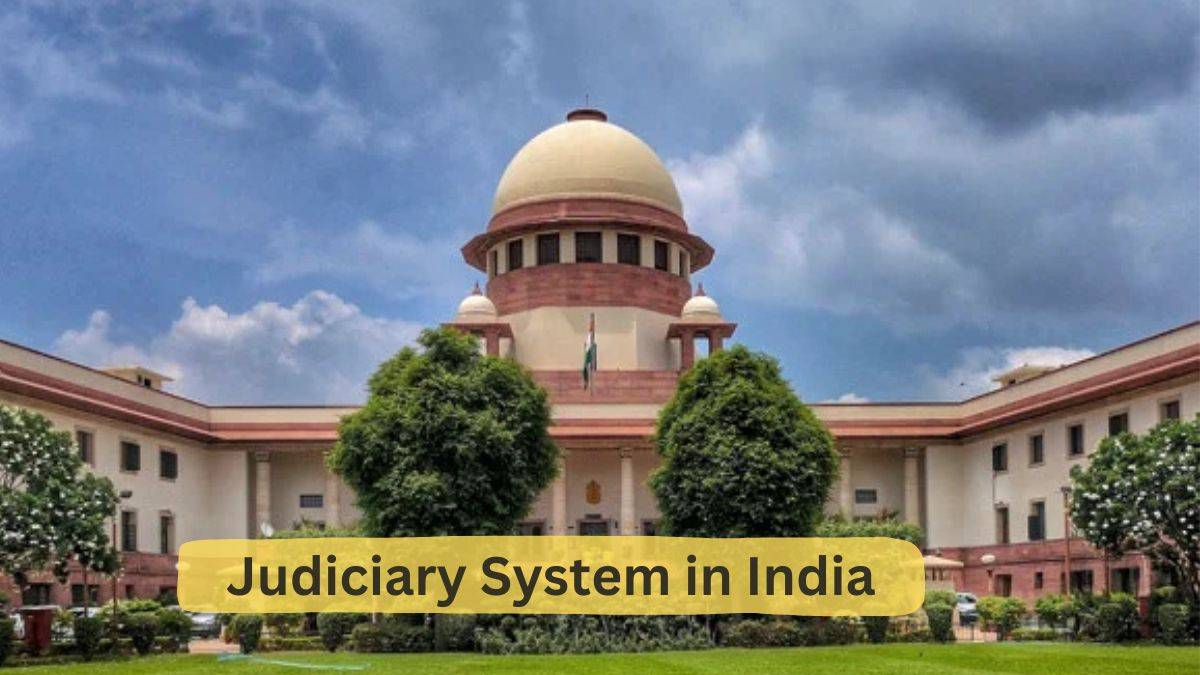Judiciary System in India, Functions & Roles
To understand the Judiciary System in India, you must know the complete process of how the country's administration works for justice. Read further for in-depth details on the justice system and its functions.
The Indian administration consists of legislative, judiciary, and executive. These three pillars work in coordination to regulate the laws in India. Judiciary is a part of granting justice and has a major role to play in listening to the concerns of the aggrieved and providing justice. Wherein, the legislature creates and amends the laws, executives ensures the proper execution of those laws in even the smallest part of the region.
The judiciary in India is independent in its functions. The work is not affected by the decision of government or executives. The major function of courts in India is to settle disputes and maintain justice for all. The judiciary system consists of hierarchy of courts and institutions that interpret and establish law in various parts of India
- Functions of Judiciary in India
- Independent Judiciary System in India
- Two branches of Legal System
- Hierarchy of Courts in India
Functions of Judiciary in India
Following are some major functions of Judiciary in India -
- It acts as a watchdog of democracy and constitution.
- There is single judiciary which works to establish common law in each part of country.
- It is divided into three courts at different levels such as Supreme court, High Courts, and District courts.
- Listen to the aggrieved party and grants justice in consonance with the prevailing Law.
- Also listen to the appeals registered against any decision made my the lower courts.
- Any act by the executive can also be reviewed by the courts to ensure its constitutionality.
- It ensures that the Law remain Supreme and everyone is equally treated during its execution.
- The Ministry drafts the law and it also has the power to review the laws made by legislature.
Independent Judiciary System in India
The work of the judiciary is not affected by the interference either by Government of executives. The decisions of courts are unaffected by the other branches of law. This independence let the courts function in favour of rule of law. This also let them check the acts of the legislative and executive. The Judges work without any fear and let the Law prevail.
Two branches of Legal System
The judicial system is further divided into two branches, i.e., criminal and civil. To deal both criminal and civil matters, the different courts are established. The separate laws are made for both branches. Criminal matters include offences related to murder, rape, etc. However, the civil matters include cases related to divorce, property dispute, breach of contract, etc.
Hierarchy of Courts in India
To deal with the Justice System in India, there are levels of courts established. These courts have the power to decide for these cases. These are Supreme Court, High Court and Lower Courts. Each court deals with issues empowered to listen and take decisions on.
Supreme Court in India
The role and functions of the Supreme Court in India is that of an appellate court. It was established in the year 1950. It is the highest level court in India established under the Indian Constitution. This court also accepts the writ petitions filed against the violation of rights. This court comprises of Chief Justice of India and 30 other Judges to conduct the courts’ hearings.
High Courts in India
This is the second-highest court in India, situated in each state and work to protect the rights and maintain justice in its Jurisdiction. There are around 24 high courts in India. The appointment of High court Judges are done by the President of India in consultation with the Chief Justice of India, Chief Justice of High Court, and Governor of the state. The High courts govern the jurisdiction of the Lower courts in India. This is also the appellate court and accepts the appeals that are already being heard in the lower courts of the region.
Also Read: List of 25 NLUs in India 2025: NIRF Ranks 2025, Admission, Courses, Fees, Placements & Seats
Lower Courts in India
The Lower courts in India are further divided into the district court and the Village court. The state government decide the structure of the lower courts in India. Its structure is based on the population of the region and the number of cases. The District Judges are appointed by the respective state government. The government also appoints the Additional district judge and assistant district judge to share the extra load on the court. Another type of Lower court is Village courts known as – Lok Adalat and Nyay Panchayat.
Also Read:


